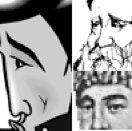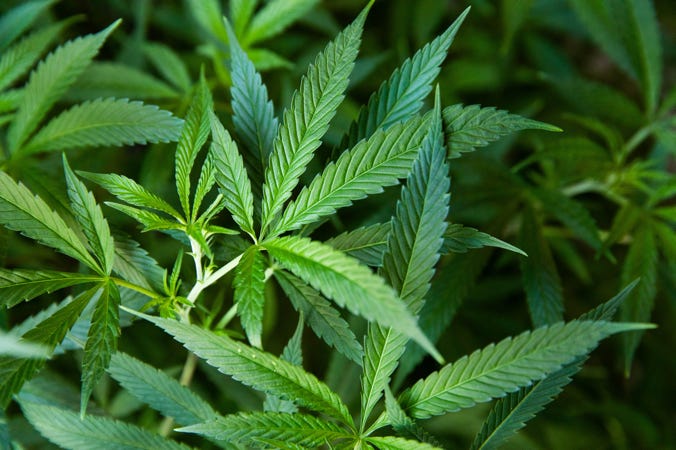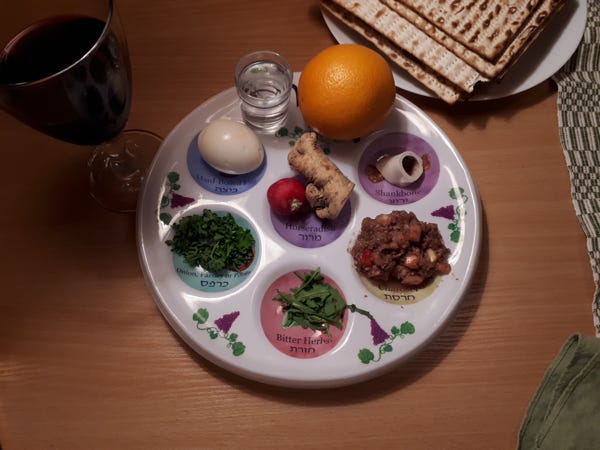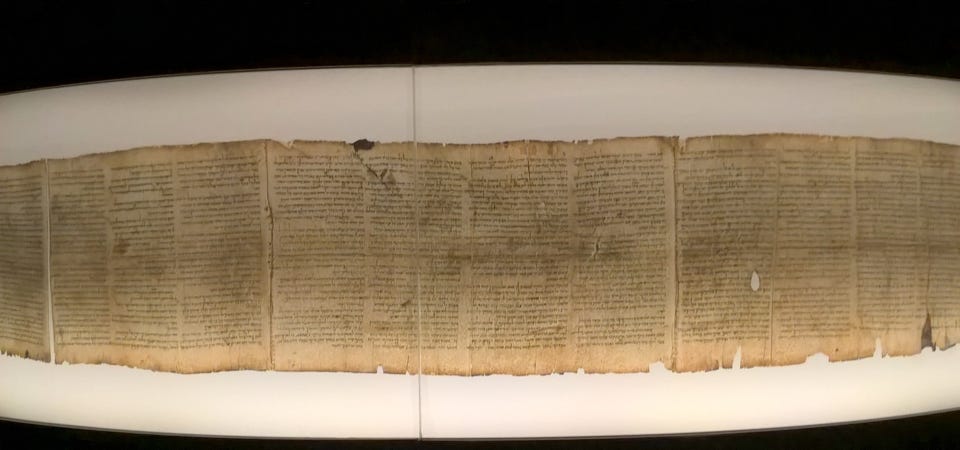Jews around the world celebrated Passover with the traditional seder meal, some in person, many more via online technology, as the pandemic took its toll on the holiday for the second year in a row. One of the primary traditions of Passover is the inclusion of a seder plate, consisting of a variety of symbolic items, including bitter herbs, representing the harshness of slavery suffered by the Jews in Egypt, and a shank bone, a symbol of the korban pesach, or paschal lamb sacrifice. A tradition started 40 years ago that has gained widespread acceptance in many non-Orthodox households is the placement of an orange on the seder plate. Though many see this as a symbol of women’s important role in Judaism, it was in fact started by Jewish feminist scholar Susannah Heschel in support of gays and lesbians. More recently, others have suggested new additions to the seder plate, though none has as yet gained widespread acceptance. Which of the following are among those new seder plate suggestions?
Passover Seder plate with wine and matzot by Mikael Häggström, CC0, via Wikimedia Commons is licensed under Creative Commons CC0 1.0 Universal Public Domain Dedication
A. A group of rabbis and others representing The Jewish Working Group to End The New Jim Crow suggested the addition of a padlock and a key to call attention to the problem of mass incarceration in America.
B. Rabbi Geela Rayzel Raphael, Spiritual Arts Director of ALEPH: Alliance for Jewish Renewal, suggested the addition of an artichoke to symbolize the issue of intermarriage within the Jewish community. She notes that the artichoke is complex, with its petals, thistle and heart, and thus represents the diversity of the Jewish people. But she also says that the thorny bristles reflect the fact that “the Jewish people have been thorny about” the issue of interfaith marriage.
C. A number of years ago, Rabbi Wesley Gardenswartz, senior rabbi of Temple Emanuel in Newton, Massachusetts, had seen a sign in a local CVS drug store asking people to buy bags of cashews for U.S. troops who were serving in Iraq. The Rabbi learned that the salty nuts were considered a good way to keep the service men and women hydrated in the dry dessert. The Rabbi went on to urge his congregants to include cashews on their seder plates to honor the soldiers serving in Iraq.
D. In 2015, the world was saddened to see a photograph of a young Syrian boy who had drowned off the coast of Turkey (along with his mother and brother) as their family attempted to escape the civil war in Syria. The father spoke of how he had given his sons bananas every day despite the difficulty of obtaining this fruit in war-torn Syria, in an attempt to make their lives just a bit sweeter. In response to this story, Rabbi Dan Moskovitz of Temple Sholom in Vancouver, British Columbia suggested the placing of a banana on the seder plate to remind us of the plight of refugees world-wide.
E. Governor Brian Kemp of Georgia just signed a bill designed to “make it easy to vote and hard to cheat.” One of the provisions of the bill is to make it illegal to provide water or food to someone standing in line outside a polling place, as this is one of the primary ways that Joe Biden, Reverend Raphael Warnock, and Jon Ossoff were able to fraudulently win in the recent Georgia elections. To further promote this “good government” legislation, Governor Kemp has called on all Jewish Georgians to add a glass of water to their seder plates. Said Governor Kemp, “Your tradition says, ‘let all who are hungry, come and eat.’ I support that, so long as this does not take place in a line outside a polling place. If we make it easy for white people to vote, but difficult for minorities to stand in a ridiculously long line suffering from hunger and dehydration, Dayenu!”
Click here for the answer.
✡ ✡ ✡ ✡ ✡ ✡ ✡ ✡ ✡





